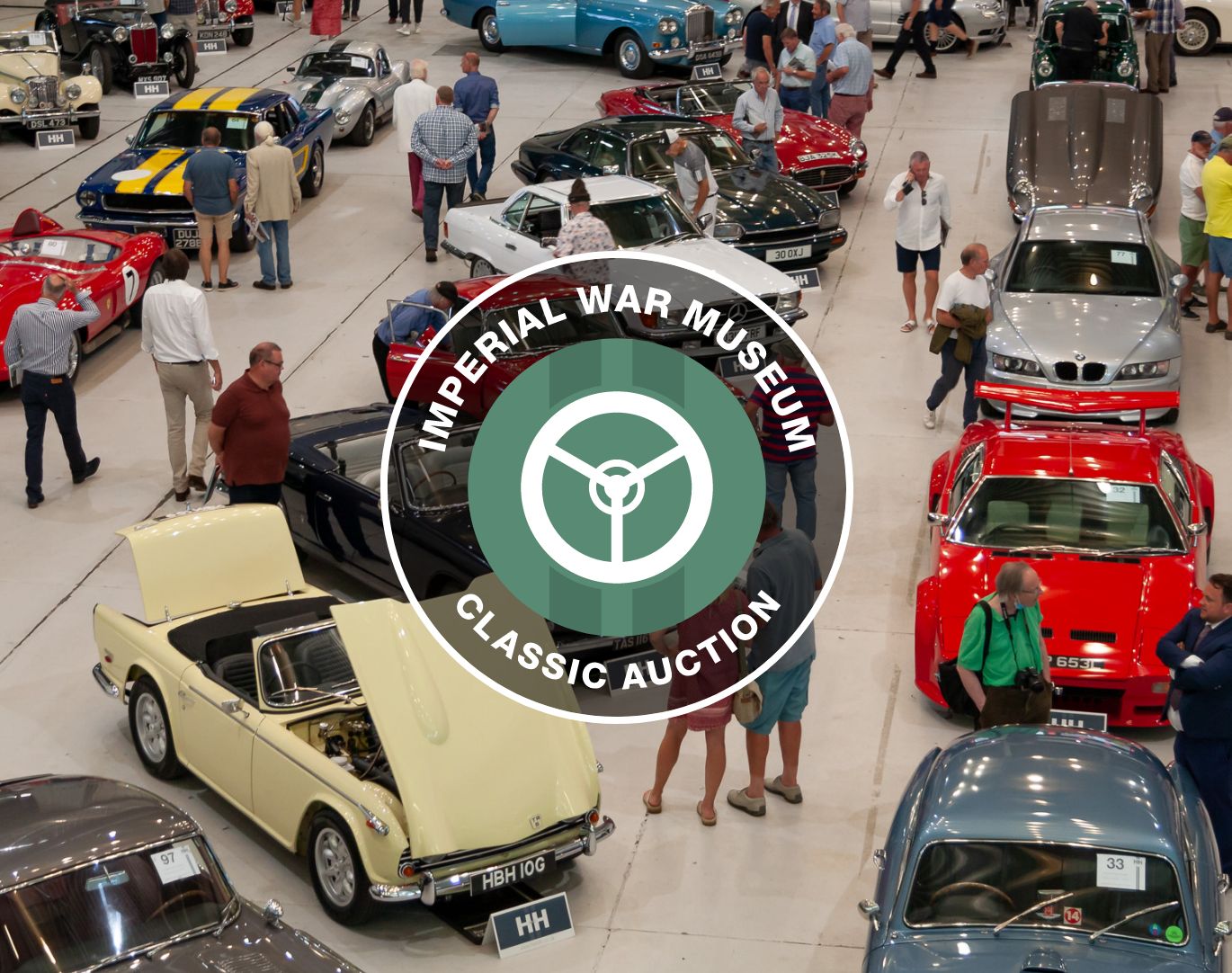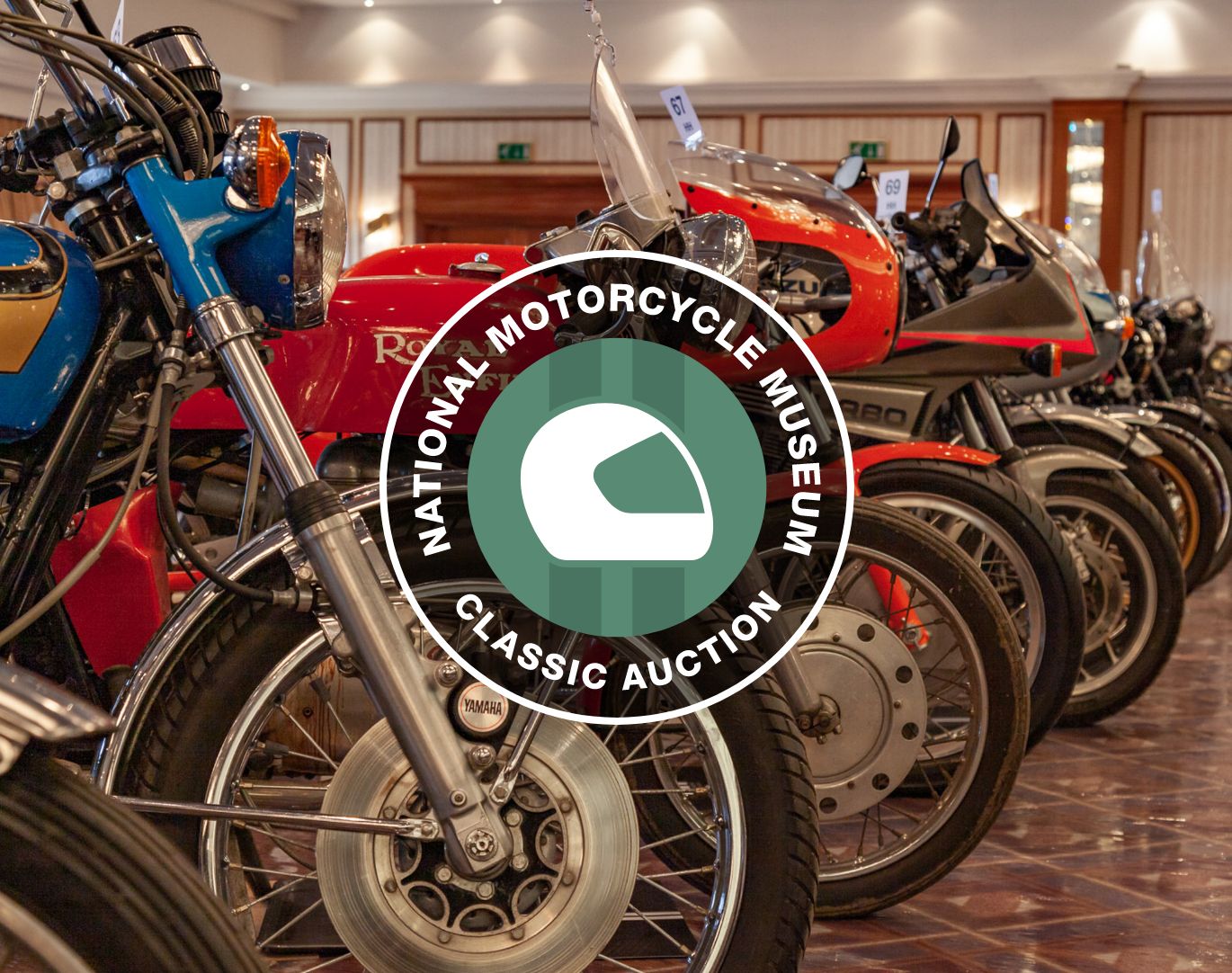1964 MORRIS MINI MOKE OWNED BY FILM DIRECTOR KEITH EWART & HIS FAMILY FOR 51 YEARS
FOR AUCTION WITH H&H CLASSICS FOR £10,000 - £12,000
17/06/2020 Cars

This highly original 1964 850cc Mini Moke was supplied new to the cinematographer and film studio owner Keith Ewart for use on his Cornish estate, is now for sale with H&H Classics at their Live Auction Online on June 24th.
The Moke remained in the Ewart family ownership for fifty-one years, from 1964-2015. ‘JMM 699B’ was one of two Mokes Ewart bought at the same time to run around his Cornish estate. A pioneer in the making of European television commercials, Ewart shot campaigns for the likes of Camay, Maxwell House, Fairy Liquid and Benson & Hedges. Having begun his career as an acclaimed stills photographer with Vogue and Harper’s magazines, he had a legendary eye for detail. Making the jump to TV in 1954, Ewart later employed a young Ridley Scott as his art director and would, according to another of his proteges Howard Grey, ‘think nothing of doing 40 or 50 takes of a two-second scene of an actress putting on face cream or choosing a chocolate’ such was his desire for perfection.
The Moke is one of only 9,096 Morris versions made, a mere ten percent of which were 'home market' supplied. It was built at Longbridge in 1964, the first year of production. Its condition is mostly original and unrestored and is in running order and believed complete with its original hood. It has its correct 850cc engine and has had just two registered keepers. It is rare to find a Moke in this condition and is a great fun vehicle.
Ewart’s had ‘JMM 699B’ repainted from green to RAF blue (as a reminder of his service) and uprated with a pair of period bucket seats (presumably so it could be driven with more gusto on the unmade roads of his Estate). A keen ornithologist with a particular passion for parrots, Ewart succumbed to a brain tumour in July 1989. However, his widow would not part with the characterful Morris for another twenty-six years.
‘JMM 699B’ has never undergone a full restoration. Indeed, aside from upgrading the ignition system, the vendor has enjoyed using the Moke ‘as is’ (the original ignition parts have been kept for posterity).
The Keith Ewart Charitable Trust remains committed to the preservation and conservation of wildlife.
Model Background:
The utilitarian Moke (slang for Donkey) was conceived as a light military vehicle and, codenamed The Buckboard, was tested by all three branches of the armed forces. However, its relatively low ground clearance ruled it out of most combat situations and its forte was as a beach buggy in such popular holiday destinations as the Seychelles and the Caribbean. Some 50,000 examples were manufactured all told - UK production ran from 1964 to 1968, while they were also built in Australia, Portugal and Italy. The monocoque shell comprised a pair of box-section pontoons connected by the floorpan and firewall. Engine, gearbox and suspension were standard Mini components, making for economical service and repair. Most of the 14,518 British Mokes incorporated Mini MK1 running gear but the later ones (1967-68) utilised MK2 parts. However, of the 5,422 Austin and 9,096 Morris versions made a mere ten percent or so were 'home market' supplied.


